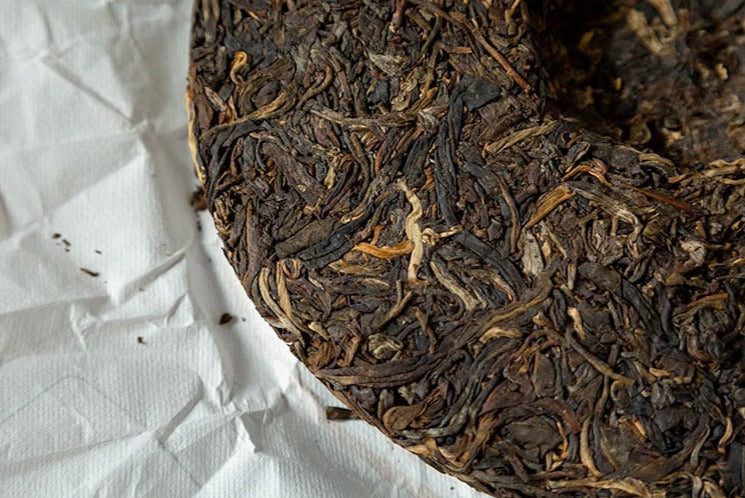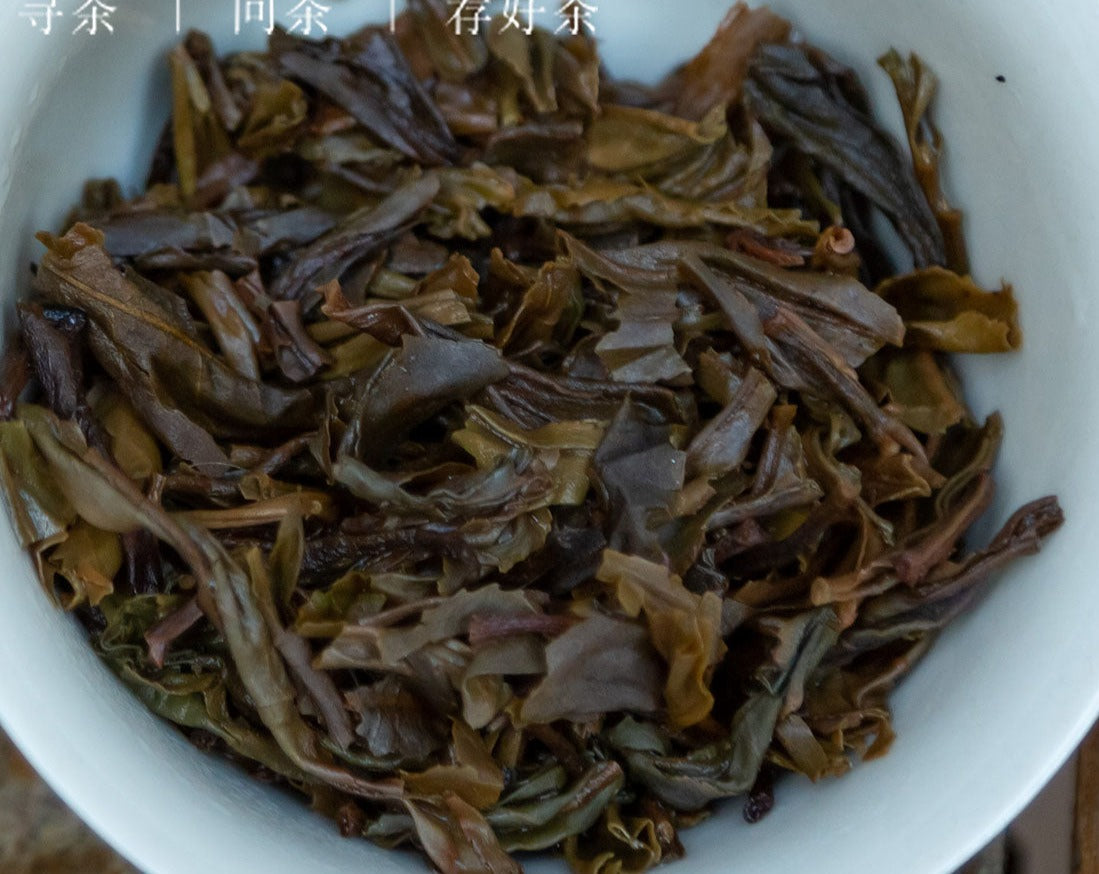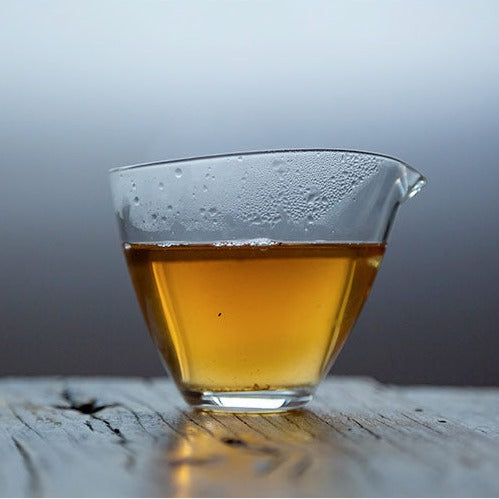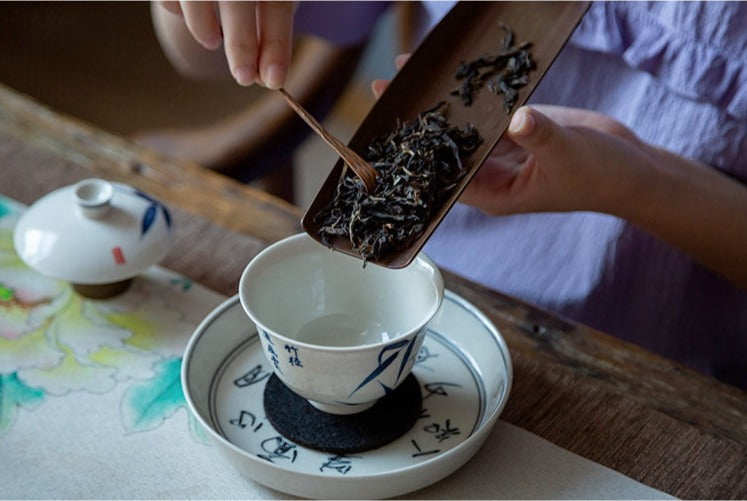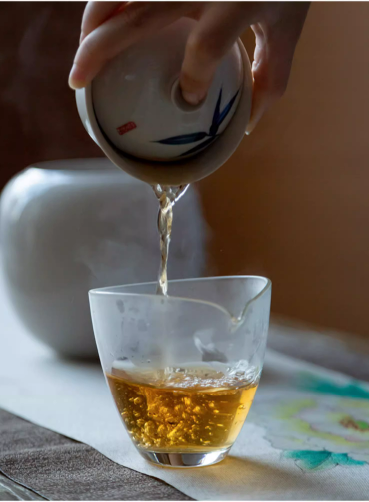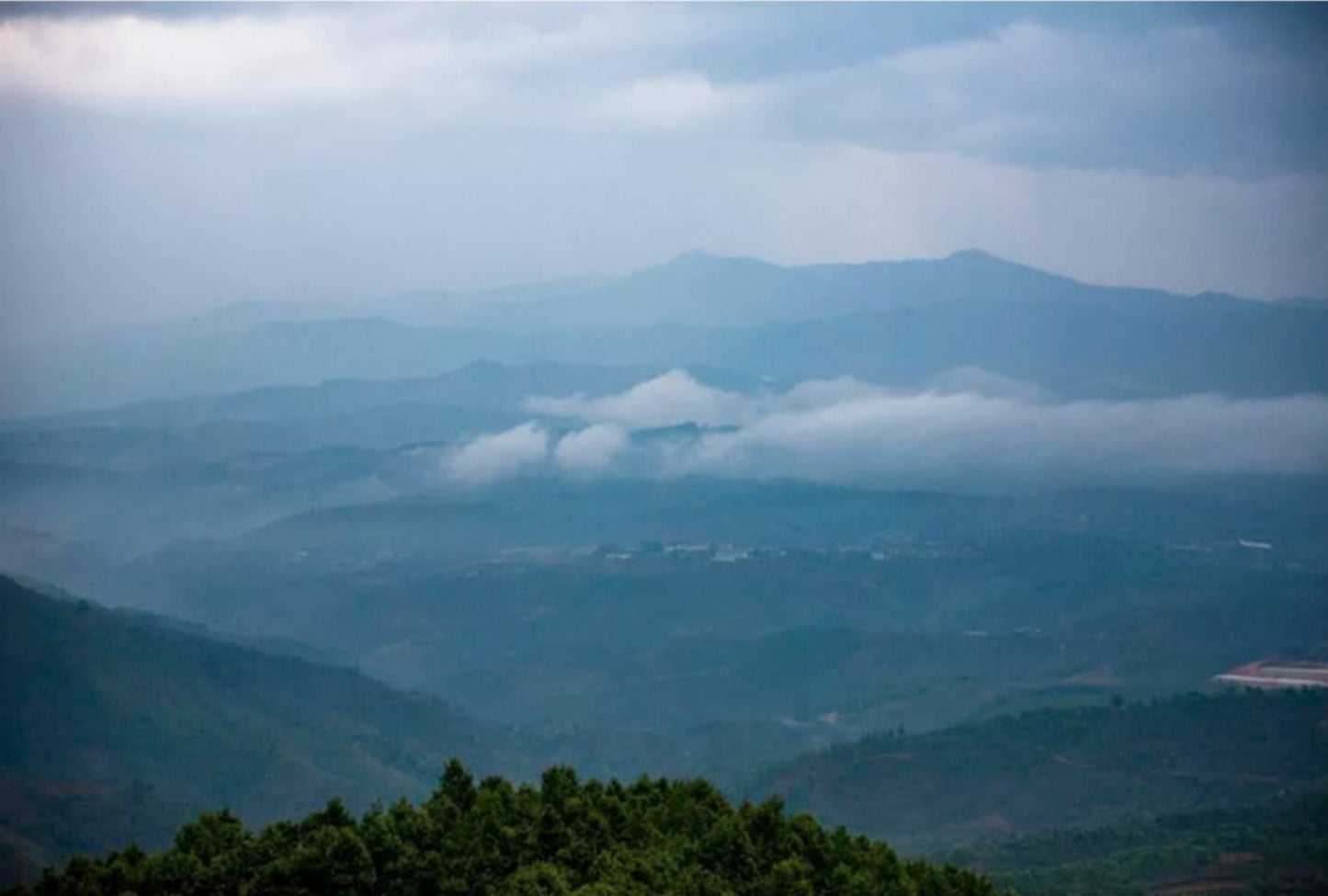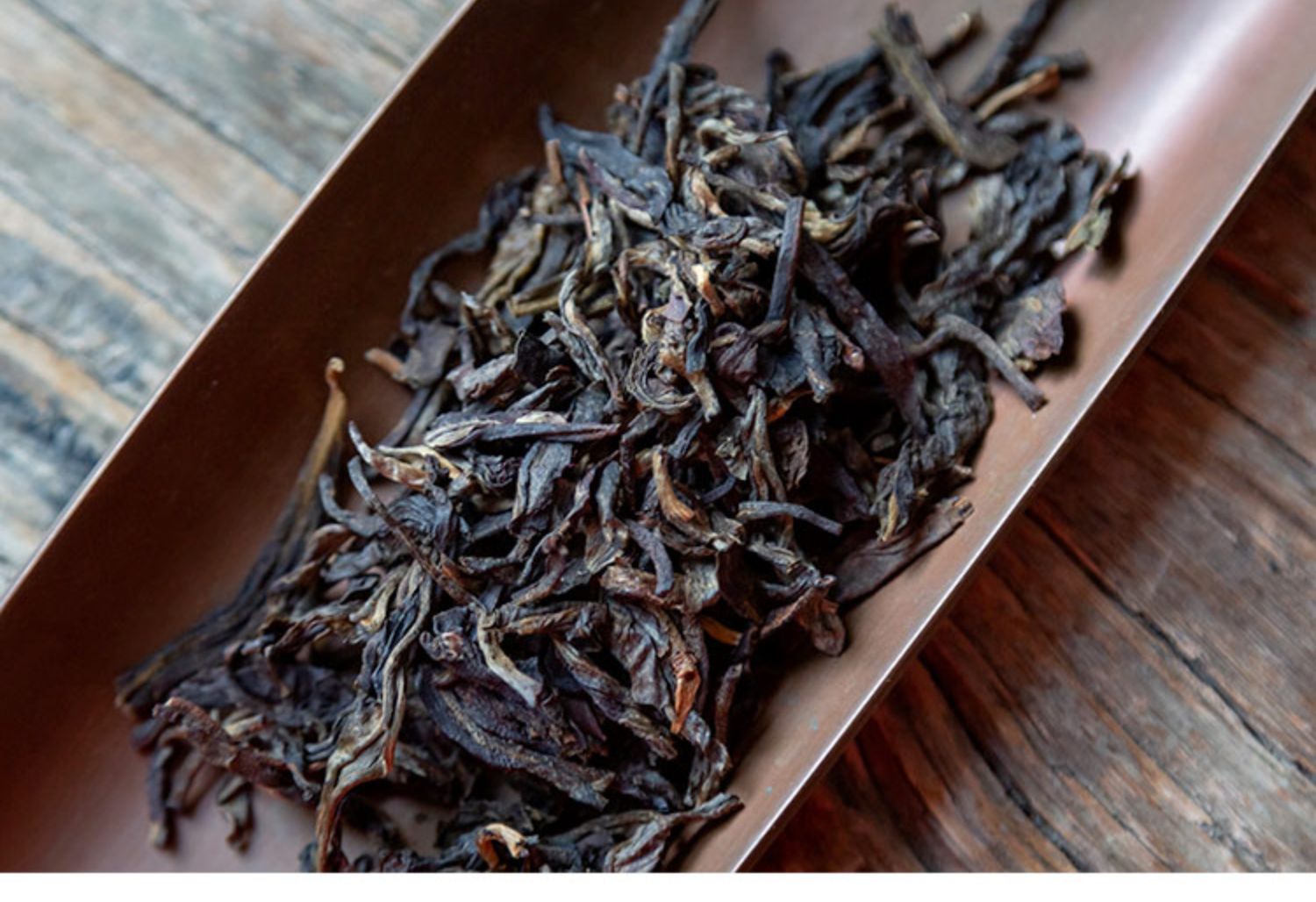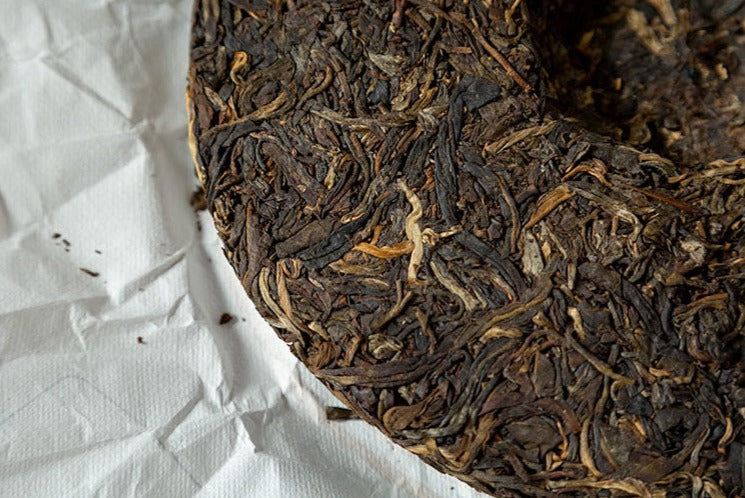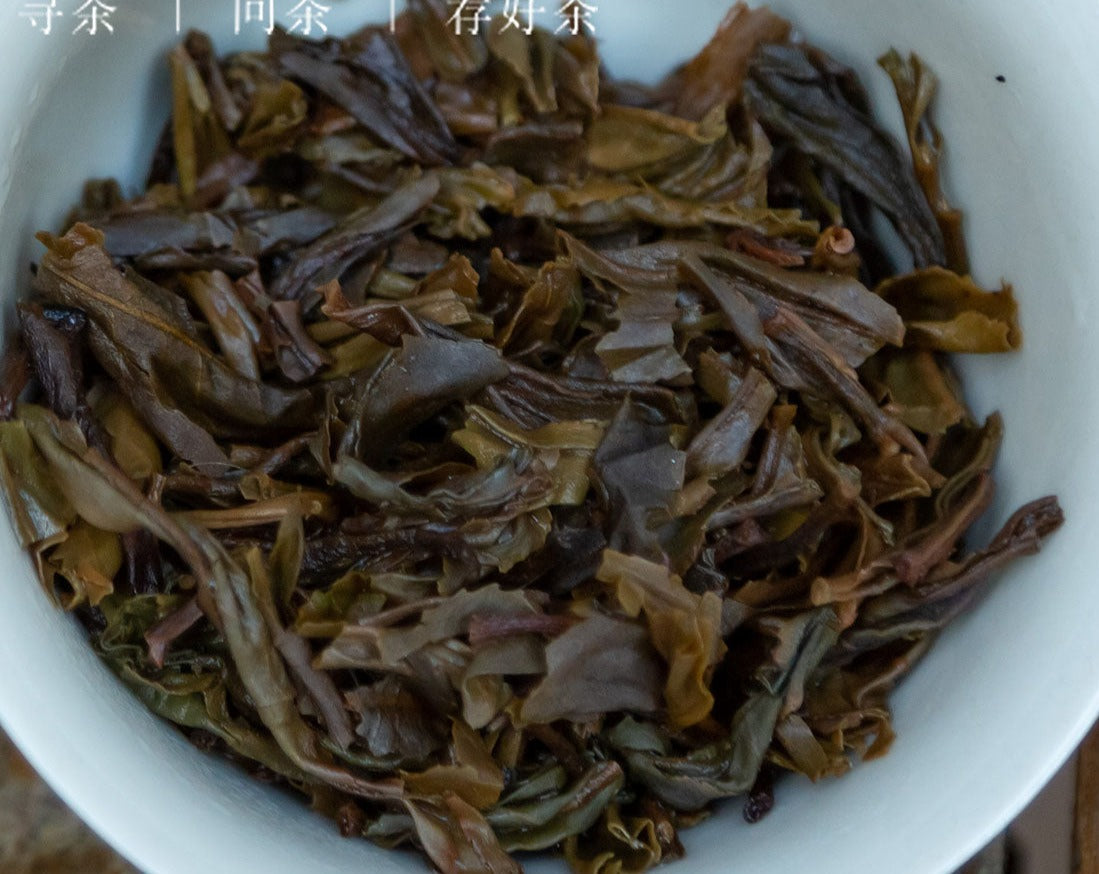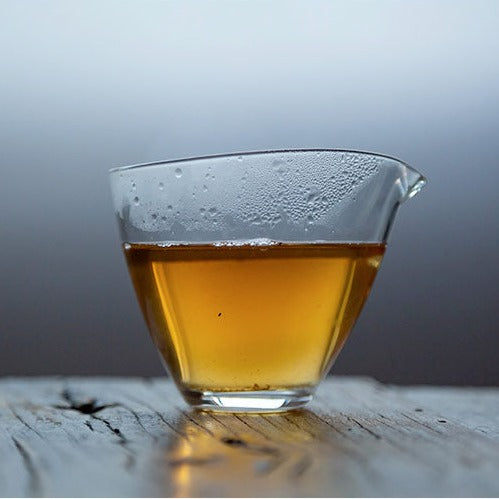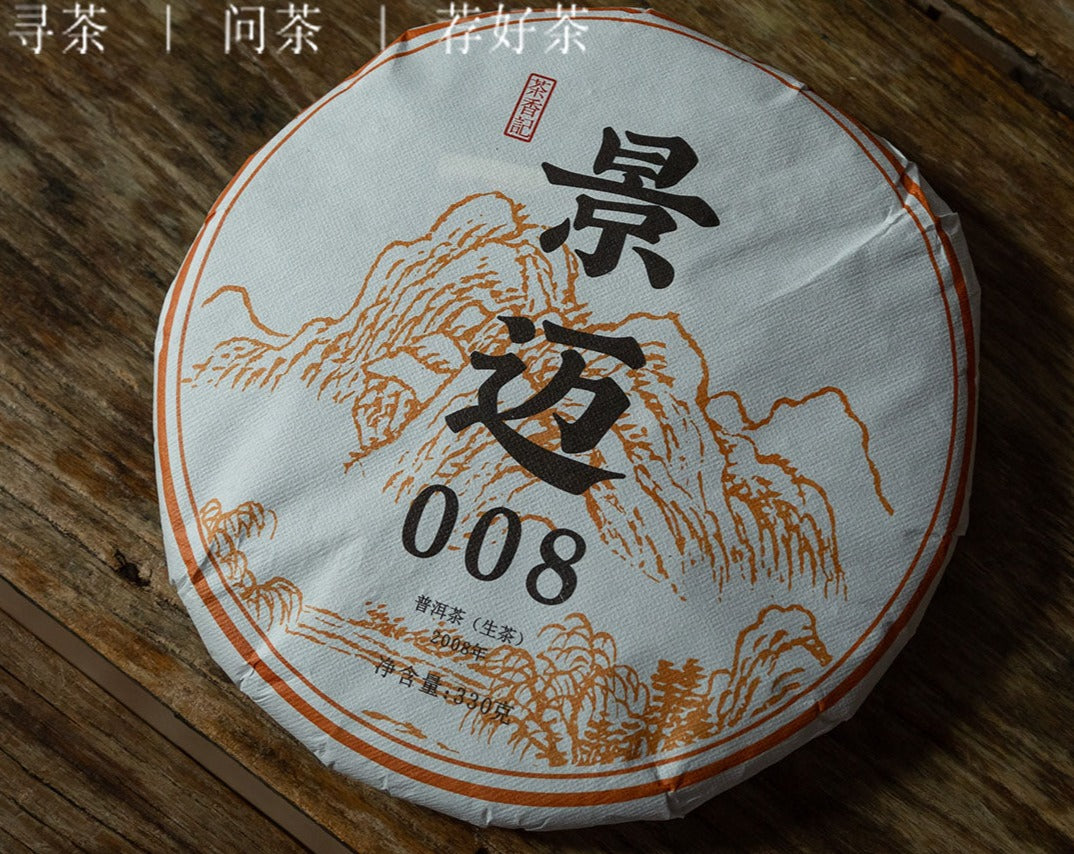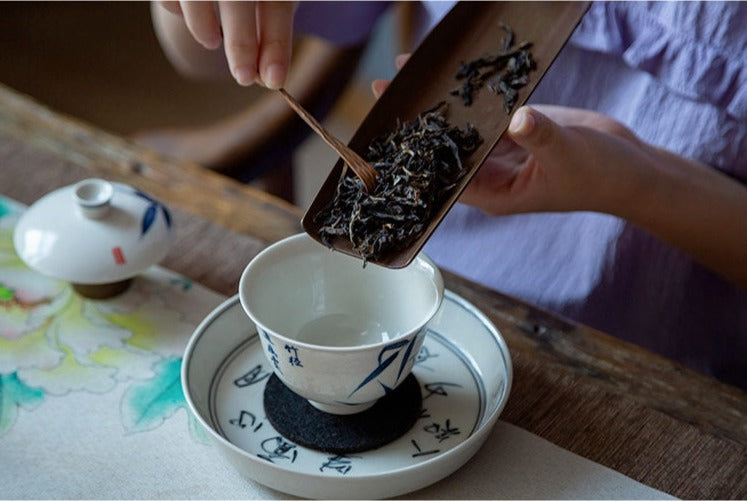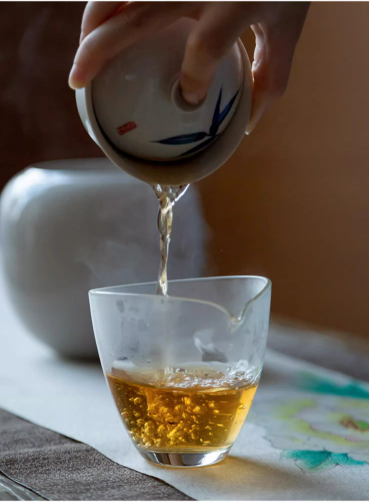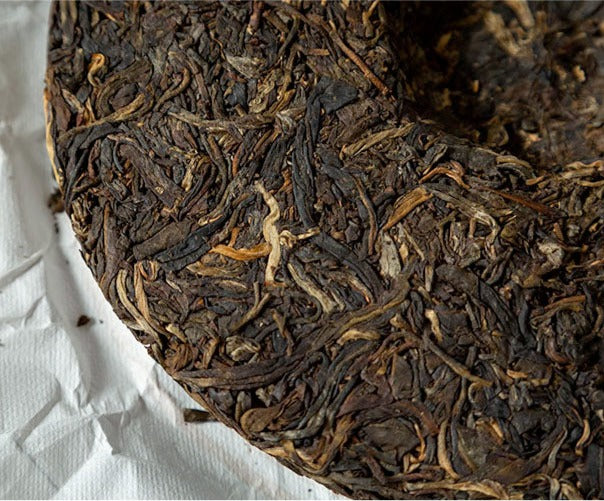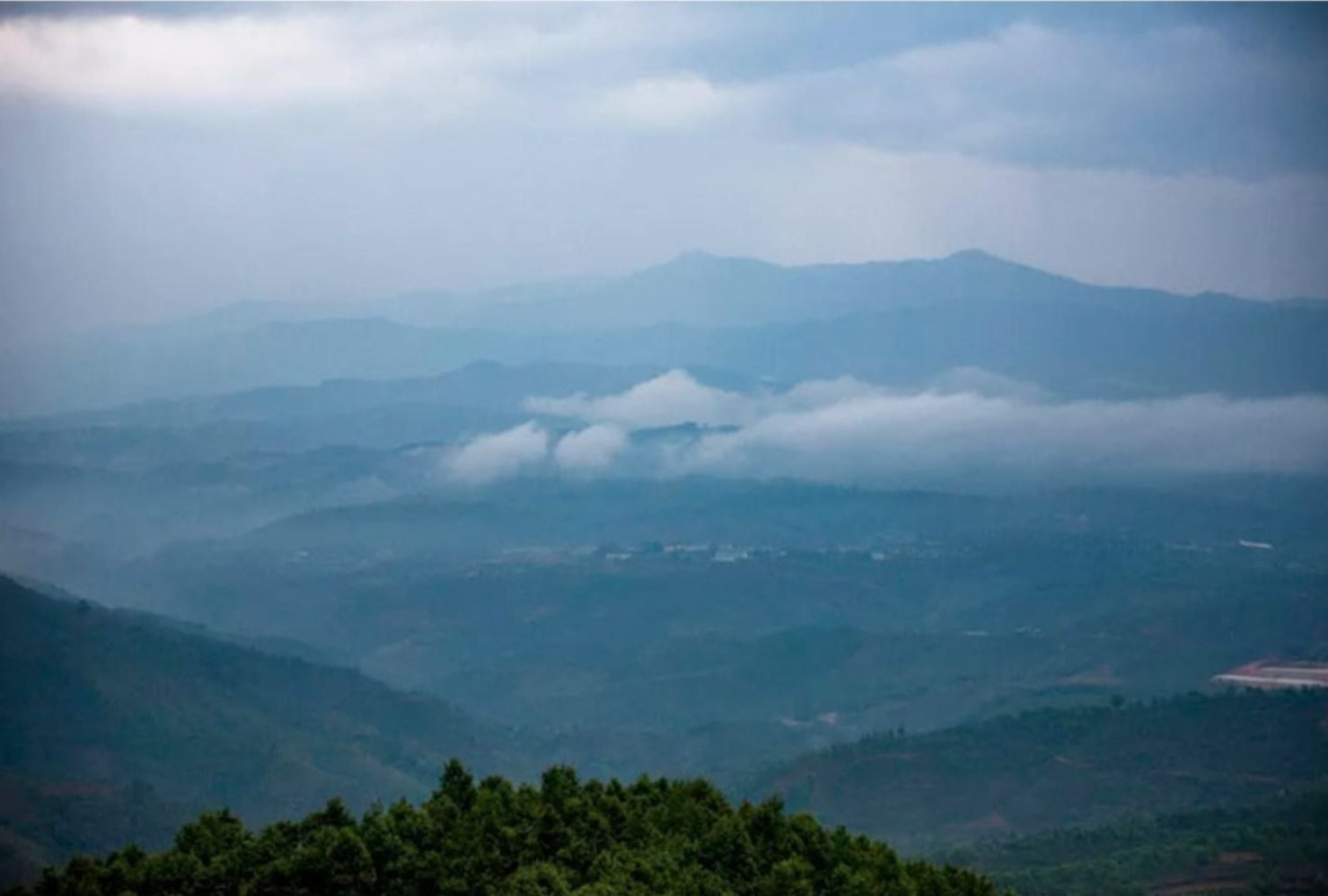Jiangnan Art Tea
2008 Raw Pu Erh Tea Gushu 17-year Aged Sheng Cha Puer Tea Cake
2008 Raw Pu Erh Tea Gushu 17-year Aged Sheng Cha Puer Tea Cake
Couldn't load pickup availability
This high-quality raw pu-erh tea(in Chinese: sheng puerh cha) is a signature tea made from 100% spring tea bud and tea leaves of Gushu old tea tree over 100 years from Jingmai, Yunnan province. The aged tea trees grow in the wild Jingmai Mountain in Yunnan.

( Gushu aged tea trees over 100 years)

Jingmai Mountain is representative of the Puerh production area and is known as the "10,000 acres of ancient tea garden".The ecological environment is good, with clouds and mist lingering in the mountains and a vast sea of clouds under the mountains. There are all kinds of wild mushrooms, plants, and moss etc., This ecological diversity also results in the tea produced in Jingmai having a rich and special aroma.


This Sheng pu erh tea was made in 2008. So far, this puer tea has been aged for 17 years. After the tea cake has been aged for more than ten years, it reaches the middle stage of tea. At this time, the honey aroma of the pu'er cha becomes more intense and the aging charm begins to appear, reaching a new level of drinking.
About the Puerh tea black tea (hei cha) :
The Chinese tea history of Pu-erh tea is fascinating. Pu'er tea is known as “black tea(hei cha)” in China. Puer cha is one of the oldest types of tea in China with a rich history of over 1700 years that can be traced back to the Eastern Han Dynasty (25-220 AD). During its height of popularity Puer tea was freely traded and even used as money for the bartering of goods. Premium Pu'er cha was offered as a tribute tea to the Emperor of China and to this day cha puer remains a highly valuable commodity. Pu erh cha is revered in China as a traditional medicinal tea with many health benefits.
About the Raw Puerh Tea (Sheng Cha Puer):
The Sheng Pu-erh tea was said to have roots in the Tibetan tea trade, dating back all the way to the Tang Dynasty. The Tibetan plateau could not produce their teas, so they were dependent on what Chinese traders could offer. To make the teas last the months-long journey, the teas from Yunnan were all pressed into tea cakes and tea bricks for the sake of portability, which were then fermented during the months-long journey to Tibet. From there, the Sheng Puer tea was made. Now, the rarest Sheng Pu erh teas are being fermented for up to 30 years for the highest quality.
Unlike other teas that should ideally be consumed shortly after production, Pu erh cha can be drunk immediately or aged for many years; Puerh teas are often now classified by year and region of production much like wine vintages. The Puer tea leaf gets better and results in a rich flavor during the aging process.
Puerh is biologically very similar to modern green tea. It presents vegetal and fruity flavors and aromas. Unlike Ripe (Shou) Puerh tea, it doesn't have an earthy or mushroomy taste. This is a tea that can present a face of bitterness and astringency that quickly escapes into a natural sweetness.
Raw Puerh tea has the characteristic of "getting more fragrant with age". The change from new tea to old tea every year can give people a different drinking experience.
Origin: Yunnan Province, China
Tea Varieties: Chinese Dark Tea (Hei Cha) - Gushu Old Tree Raw Puerh Tea (Sheng Cha Puer)
Production time: 2008
Net weight: A complete tea cake is 330g
Tea shape: The dry tea leaves are yellow-brown and tender, densely covered with silver tea hairs. The brewed tea leaves are fat, tender but pliable, with clear veins, yellow-green color and full of freshness.


Jingmai tea contains very Nerolidol. The aroma of Nerolidol is woody and reminiscent of fresh bark.
Taste: floral orchid and honey fragrance, smooth and silky texture, long finish. The aroma sinks into the water, and this aroma is not just a temporary feeling. It changes with the changes in the tea soup and diffuse a unique charm. Every sip of tea brings you a deep aftertaste. Mellow and thick to taste.
Tea soup: elegant amber color, bright and translucent

Storage:4 key elements for storing Pu-erh tea: light, temperature, humility, airflow (Store in a ventilated, dry, avoid sunlight, exposure, no smell, no pollution environment)
Protect against the tide, should be stored in an odor-free environment, and low temperature. The flavor and color of cha puer change when properly stored over a while; fresh raw tea brews into a bright, yellowish broth and possesses a strong, almost harsh flavor; aged raw tea brews an amber broth and possesses a mellow flavor. Fresh ripe tea brews into a bright red broth possessing a smooth mellow flavor; aged ripe tea brews dark red with a thick mellow flavor. The flavor, quality, and value of pu erh tea constantly increase over time with proper storage, and the longer the better.
Brew method:
Recommended teapot: Gaiwan/ Yixing teapot. We strongly recommend you try a Yixing teapot to brew aged raw pu erh for some reason. The reason why the Yixing purple clay teapot has the function of "improvement and fragrance retention" is mainly determined by the characteristics of the purple clay. The purple clay teapot is a porous material with a double-pore structure. The pores are very dense and have strong adsorption forces. It can absorb the aroma of tea and keep it for a long time.

tea to water ratio: 1: 20, preheat the teaware and rinse the tea. First infusion 10s, second infusion 5-10s, third infusion 5-10s, fourth infusion 15s, fifth 15-20s, after five infusions, please appropriately increase your steeping time. You can brew over 10 times at least.
Low Caffeine Pu Erh Tea
The caffeine content in Pu'er tea is relatively low, and moderate drinking of Pu'er tea will not lead to significant caffeine intake. For those who are sensitive to caffeine or wish to reduce their caffeine intake, Pu'er tea may be a better choice. It should be noted that there are still certain differences in the caffeine content in Pu'er tea, so the choice of tea should be based on personal needs and health conditions. Whether you like the taste of Pu'er tea or are looking for low caffeine, Pu'er tea is a good choice.
Pu er cha healthy benefits:
Pu-erh tea, one of the six categories of tea, from the Camellia Sinensis plant, has been cherished as a healthy fermented tea full of benefits for both the palate and the body for centuries. Many puer tea drinkers start their aged tea journey because pu'er cha benefits their physical and mental health.
1. WEIGHT AND FAT LOSS
2. DIGESTIVE AID
3. DIABETES MANAGEMENT AND PREVENTION
4. CARDIOVAS CULAR WELLNESS
5. ANTIOXIDANTS
6. SKIN HEALTH
7. COGNITIVE HEALTH
8. BONE HEALTH
9. ANXIETY REDUCTION
10. ANTI-INFLAMMATORY PROPERTIES
Brewing method:
Tea to water ratio: 1:20
Recommended utensils: gaiwan/purple clay teapot
Duration of brewing: 1st brewing should be longer because the compressed tea leaves need time yo stretch in the water. 2nd-6th infusion within 15s.
The 7th to 12th brewing: the soup can be made in 5-10 seconds longer
The 12th: The soup can be made in 10 to 30 seconds.
Control the soup brewing time according to your own taste: it can be brewed more than 15~20 times
P.S Can you please provide me with your phone number when you place the order, it‘s important for delivering the package, thank you in advance :)
Share

